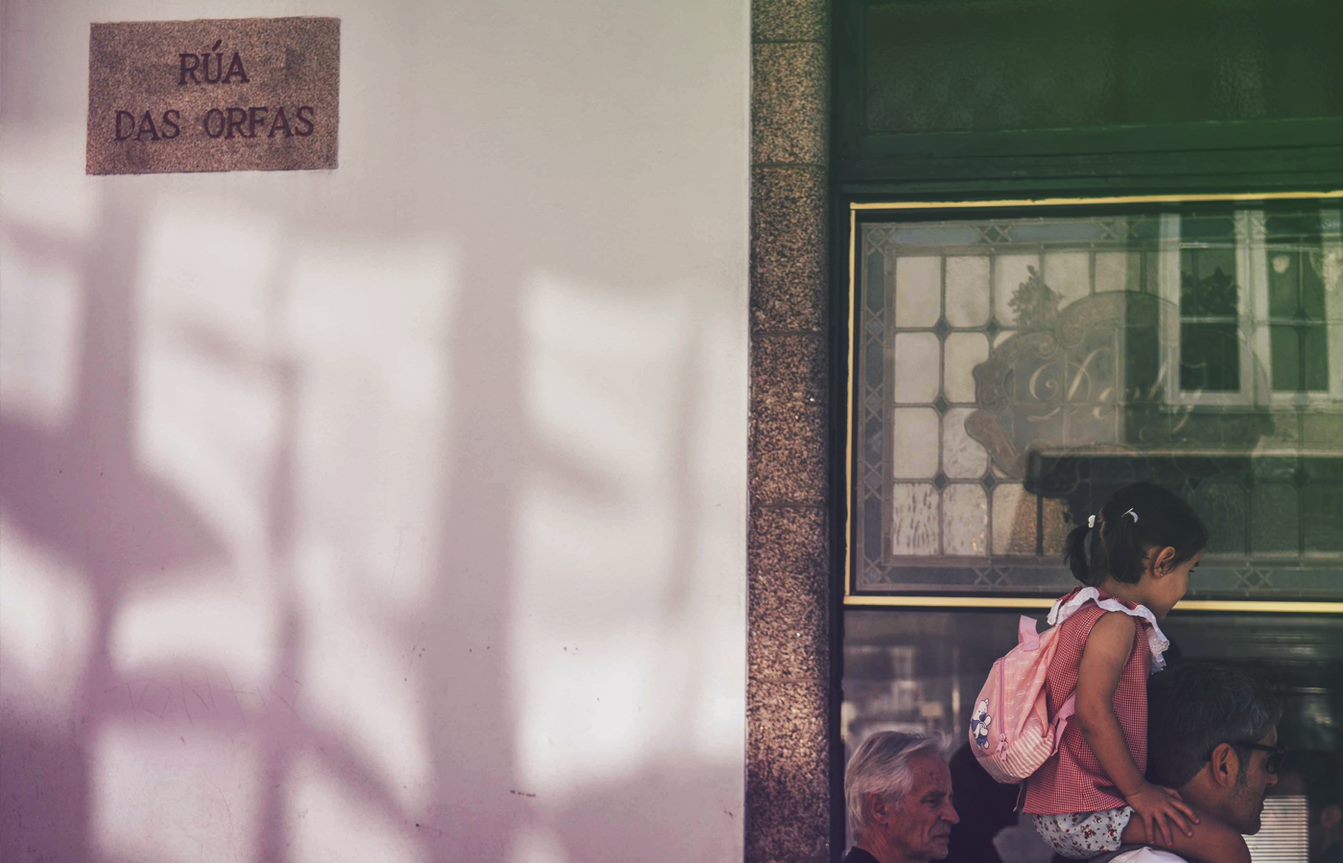Commemorative Urban Practices and Gender Equality The Case of Santiago de Compostela’s Urban Anthroponymy
Maria Novas Ferradas

Abstract
For centuries, decision-making procedures in commemorative urban practices have established a methodology of recognition relying on an androcentric process which has implied exclusion mechanisms. Structures of economic and dominating cultural power favoured the interests of a privileged minority, while penalizing, limiting and constraining the inclusion and visibility of a wide range of human beings, mainly women. This bias was historically questioned by feminist theory and gender mainstreaming policies, which focus on how different gender gaps affect women in order to improve the standard of justice, progress and dignity of all people in different territories. Through a study of Santiago de Compostela’s urban anthroponymy, we will discuss how differences between social groups still persist, exploring, if applicable, how to produce effective changes that potentially resolve situations of inequality.
Other forms of imagination and resistance can emerge at a symbolic level also, including in the way the streets of our cities are named.
Novas Ferradás, M. “Commemorative Urban Practices and Gender Equality: The Case of Santiago de Compostela City’s Urban Toponymy.” Habitat y Sociedad. 11 (2018): 109-129. http://dx.doi.org/10.12795/HabitatySociedad.2018.i11.07.


